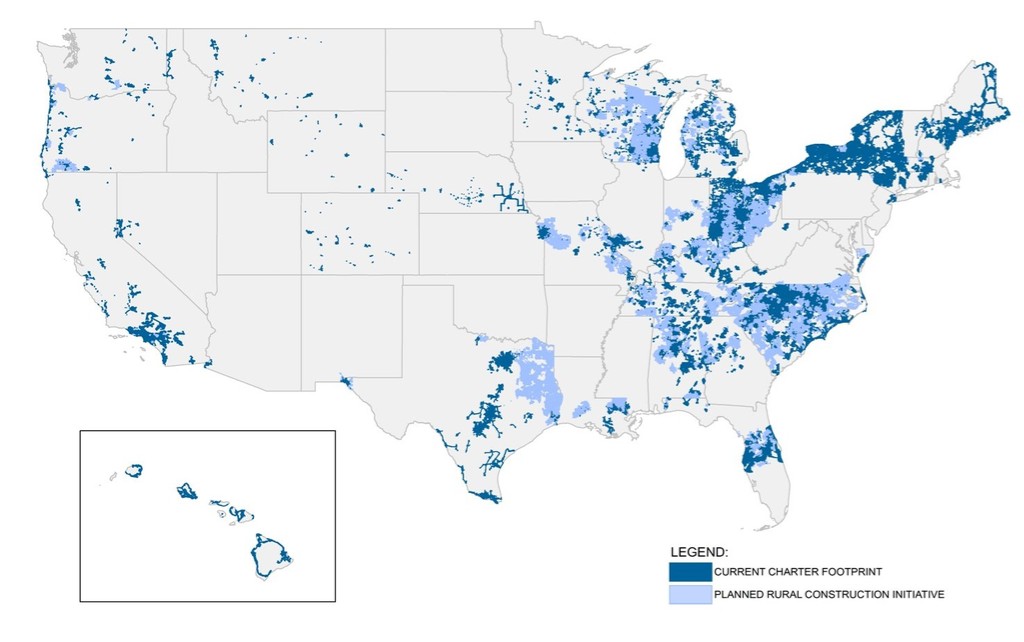On December 23, 2020, the plaintiffs filed a Second Amended Complaint, which, among other things, included a new count of breach of fiduciary duty against Mr. Maffei and Mr. Gregg Engles, the other former member of the GCI Liberty special committee, and new allegations that the price of GCI Liberty was depressed as a result of statements and omissions by Mr. Maffei in November of 2019. During the first quarter of 2021, the parties were conducting discovery with the trial scheduled for November 2021. We believed the lawsuit was without merit.
During March 2021 and in advance of the expenditure of significant time and costs to conduct the depositions proposed to have been taken in this action, the parties began negotiations with the class of plaintiffs for a potential settlement of this action. On May 5, 2021, the plaintiffs (on behalf of themselves and other members of a proposed settlement class) and defendants entered into an agreement in principle to settle the litigation pursuant to which the parties agreed that the plaintiffs will dismiss their claims with prejudice, with customary releases, in return for a settlement payment of $110 million to be paid by Merger LLC (as successor-by-merger to GCI Liberty, Inc.) and/or insurers for the defendants and for GCI Liberty.
On June 17, 2021, the parties filed a Stipulation and Agreement of Settlement, Compromise, and Release. On June 30, 2021, the Court preliminarily certified, solely for purposes of effectuating the proposed settlement, the action as a non-opt out class action on behalf of a settlement class consisting of all holders of GCI Liberty Series A common stock as of December 18, 2020. The Court set a settlement hearing for October 5, 2021, to determine whether to permanently certify the class, whether the proposed settlement is fair, reasonable, and adequate to the settlement class, and whether to enter a judgment dismissing the action with prejudice, among other things. On October 18, 2021, subsequent to that hearing, the Court issued a final order permanently certifying the Class and approving the settlement. The Court also awarded Plaintiffs’ Counsel $22 million in attorneys’ fees, which shall be paid out of the settlement fund. Plaintiffs also requested that the Court issue an additional fee award, which Defendant opposed, not to be paid out of the settlement fund, in connection with a certain claim that was mooted earlier in the case (a “mootness fee”). On November 8, 2021, the Court awarded Plaintiffs’ Counsel a $9 million mootness fee, which Defendant subsequently paid.
Charter and Liberty Broadband - Delaware Litigation
In August 2015, a purported stockholder of Charter, Matthew Sciabacucchi, filed a lawsuit in the Delaware Court of Chancery, on behalf of a putative class of Charter stockholders, challenging the transactions involving Charter, TWC, Advance/Newhouse Partnership, and Liberty Broadband announced by Charter on May 26, 2015. The lawsuit, which named as defendants Liberty Broadband, Charter and the board of directors of Charter, alleged that the transactions resulted from breaches of fiduciary duty by Charter’s directors and that Liberty Broadband improperly benefited from the challenged transactions at the expense of other Charter stockholders. In January 2023, and in advance of the expenditure of significant time and costs, the parties reached a tentative agreement to settle the lawsuit. The settlement is subject to preliminary and final approval by the court and will result in a net payment to Charter as a result of the settlement of the derivative claims by the plaintiffs. Liberty Broadband expects to pay approximately $38 million to Charter as a result of the tentative settlement, which has been accrued as a current liability in the consolidated balance sheet and recorded as a litigation settlement expense within operating income in the consolidated statements of operations. There can be no assurance that this tentative settlement will be finalized and approved by the court. Pending finalization of the settlement and in the event the settlement is not finalized and approved by the court, Charter and Liberty Broadband will continue to vigorously defend this lawsuit.
Other Charter Proceedings
The California Attorney General and the Alameda County, California District Attorney are investigating whether certain of Charter’s waste disposal policies, procedures and practices are in violation of the California Business and Professions Code and the California Health and Safety Code. That investigation was commenced in January 2014. A similar investigation involving TWC was initiated in February 2012. Charter is cooperating with these investigations. While Charter is unable to predict the outcome of these investigations, it does not expect that the outcome will have a material effect on its operations, financial condition, or cash flows.
In March 2020, Charter Communications, LLC (“CC, LLC”), an indirect subsidiary of Charter, was named as a defendant in a lawsuit filed in Dallas, Texas related to the fatal stabbing of an individual in her home by an off duty CC, LLC technician: William Goff, as Personal Representative of Betty Jo McClain Thomas, deceased, et al. v. Roy James Holden, Jr. and Charter Communications, LLC, Case No. CC-20-01579-E, pending in County Court at Law No. 5 for Dallas County, Texas. The complaint alleged that CC, LLC was responsible for Mrs. Thomas’ death. Following a two phase trial, the jury returned a verdict finding CC, LLC ninety percent at fault for Mrs. Thomas’ death, and awarded compensatory damages of $375 million to plaintiffs
